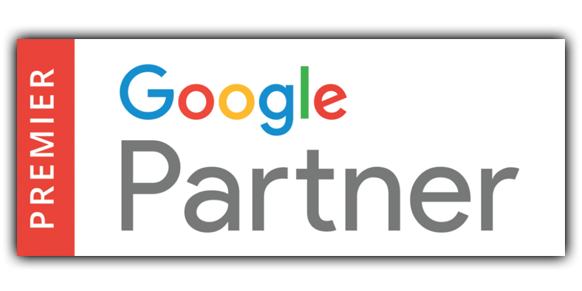Your Phone Just Made Search More Interesting
On Friday, February 19th Google made an announcement that search results pages on desktops will no longer show paid ads in the right sidebar.
The new format for paid ads is that for “highly commercial searches” (everyone in powersports) up to 4 ads will appear at the top of the results page, with an additional 3 at the bottom. Historically, Google showed up to 3 ads at the top of the page, and up to 8 in the right sidebar. Where there used to be up to 11 paid results, now there are 7 at best.

So why did Google do this? Google has been working to standardize the advertising experience across devices for several years now. They’ve also made a significant move towards standardizing that experience with mobile in mind – which doesn’t support sidebars.
According to Ginny Marvin at Search Engine Land, Google began experimenting with this layout back in 2010 on mortgage queries. Since then, they’ve tested it in various ways, apparently with good results. Then, on February 17th, search marketers began to see the rollout of the new layout before the confirmation by Google.
There are a lot of conspiracy theorists in the search optimization/marketing community, and feelings about how exactly this is going to impact search marketing in the long haul are mixed to say the least.
I’m not too worried about these changes, but there are a couple of things to think about.
First, there are fewer overall slots for advertisers to appear in. Available spots went from 11 down to 7. That’s almost a 25% reduction in available spots. Of course, if your ad actually appeared in spots 7-11 studies showed that it almost never got clicked and your advertising efforts were probably wasted. You weren’t paying for clicks, but AdWords accounts don’t set themselves up, and whoever set one up like that was wasting money.
Second, Google used to only show a max of 3 ads at the top of a search results page. Studies by Search Engine Land, Moz, Google, and every other search marketing group show that those three spots get roughly 85+% of all ad clicks. Google just added a 4th “hot spot” for search results. Common sense tells me that’s a win.
Third, it may cost more to advertise using AdWords. Maybe. My feelings are that any increase caused by dropping the number of open advertising spots is going to be negligible. What we have been seeing over the last two years here at Powersports Marketing, is that the number of dealers who are beginning to understand digital marketing and engaging in its use is surging, and competition is increasing. So, in some markets, AdWords clicks are starting to cost more. When we first started managing AdWords accounts for dealers years ago, it was not uncommon for us to have accounts that averaged 15 cents per click. At the time, most dealers thought AdWords was either black magic or a waste of money and time. Competition was low, and as a result, so was cost.
That has changed pretty significantly in the last 24 months. Competition is greater, and supply and demand has kicked in a little. The days of having accounts that average 15 cents per click are pretty much history, and somewhere between 50 cents and a dollar have taken their place depending on population density and competition. That said, let’s all be glad we aren’t advertising legal services (clicks average $150-$175) or anything to do with mesothelioma (Highest cost clicks last year on Google at $850 EACH).
One thing that is important is that given the new layout for Google ads, it is becoming more and more important that dealers work with AdWords Partners to insure that they are getting the best exposure, value, and return on their digital marketing investment. Just like the days of the 15 cent click are gone, so are the days of trying to manage online marketing campaigns in house.
If you need help understanding how online marketing works and/or how we might be able to help you with yours, give us a call, or visit powersportsmarketing.com and fill out a contact form.
Talk soon.


